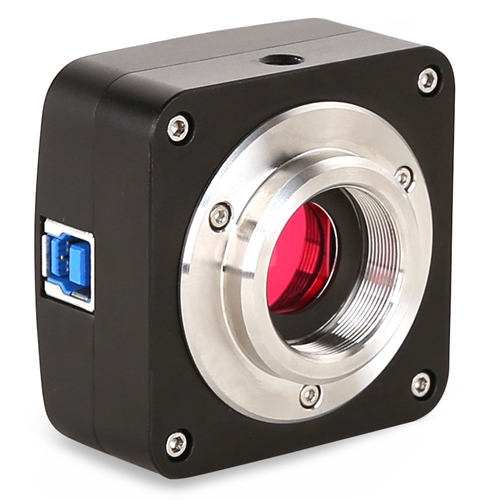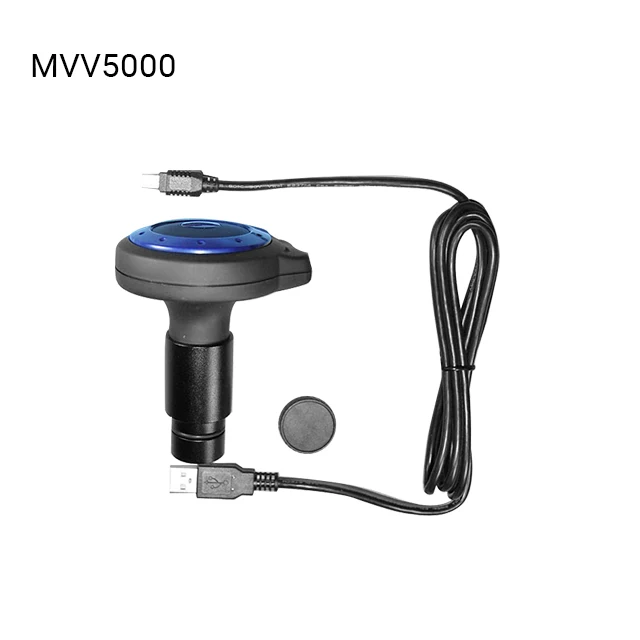

In some cases, with very bright samples, this is easy to achieve. Sensitivity and noise: A high signal-to-noise ratio (SNR) is crucial for reliable data. Industrial samples often have sharp edges, which means that they feature higher spatial frequencies than biological samples and require a higher sampling pitch.įigure 1 – MTF plot (left) and diagram in which a pixel array of an imager is projected onto a specimen (right) to explain the relation between PSF and the pixel pitch. A sample’s spatial frequency should also be carefully considered. On the other hand, in the case of Fig.1(b) and (c), a smaller pixel sensor cannot provide higher resolution because the light from the sample has been spread much larger than the pixel pitch in a point spread function (PSF) manner of the optical system.

In this case, it is worth trying a smaller pixel pitch to achieve higher resolution. Fig.1(a) indicates that the sensor’s Nyquist frequency, which is half of the sampling frequency or the reciprocal of the pixel pitch of the sensor, is lower than the optical cutoff frequency, which is defined in Eq.1. Fig.1 is a schematic of the modulation transfer function (MTF) demonstrating the response of an imaging system with a 500 nm light and 5 µm pixel pitch. The key to achieving better resolution is to select the proper pixel pitch in relation to the numerical aperture (NA), the total magnification of the optical system, and the sample’s spatial frequency. These optical limitations mean that a higher number of pixels or smaller pixel pitch does not always provide higher resolution. Resolution: Microscopes can be used to observe tiny structures that are difficult to resolve optically. The following sections detail the major elements to consider regarding microscope camera capabilities and advantages according to the application. For example, an sCMOS (scientific complementary metal-oxide semiconductor) camera is a great choice for most fluorescence imaging but unsuitable for long-exposure applications, such as bioluminescence imaging. The most important factor in ensuring successful microscopic imaging is choosing the appropriate optics and camera for your application. Here, we summarize the current methods and technologies used by these cameras as a guideline for achieving high-quality images and maximizing the benefits of the latest techniques for your observations and experiments. Thanks to recent advances in technology, there are many interesting microscopy-dedicated cameras available on the market.


 0 kommentar(er)
0 kommentar(er)
